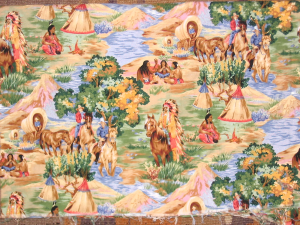Review of article by Miriam Posner
‘What’s Next: The Radical, Unrealized Potential of Digital Humanities‘
Miriam Posner’s extremely interesting article is from her keynote address at the Keystone Digital Humanities Conference at the University of Pennsylvania in 2015. She contemplates the position that studies in digital humanities are at presently, while also trying to predict the potentials for future research.
She talks of the structures of power, most notably of race and gender, which require rebuilding in data models and databases. Most datasets are borrowed from business applications at the moment, in her opinion. I concur, but would also add scientific studies and social media to these datasets.
Her examples of Google Maps and OpenStreetMap emphasise the lack of data visualisation because they have no accurate models of race and gender. Therefore it is difficult to establish ‘identity’ from these data sources.
Categories have their limitations. Race is dependent on how they have been experienced by people, and are often time and place dependent. One person’s point of view of race is personal to them, and therefore not as ‘givens’ but as ‘constructions’. She stipulates that there should be higher standards in digital humanities, and although many scholars and researchers try to aim for this, they are not being suitably recognised or celebrated for their work.
Those that work in digital humanities want to be understood, to be able to share and link to data, so that all data is useful.
She mentions a number of works as examples of impressive projects:
Jacqueline Goldsby ‘Mapping the Stacks’, 2005-2010, Chicago
(collections of African-American history in Chicago)
 David Kim, ‘Data-izing’ the Images: Process and Prototype’
David Kim, ‘Data-izing’ the Images: Process and Prototype’
(analysis and processing of photos of Native-Americans)
Edward J. Curtis, ‘The North American Indian’
(digital project of photographs of Native-American Indians)
Martin Schoeller, ‘The Changing Face of America’
(collection of mixed faces with the person’s own ‘self-identification’ of race)
Evan Bissell and Erik Loyer, ‘The Knotted Line’
(history of confinement in the US in relation to justice and inequality).
Posner also delves into the work of Laura Mulvey, particularly her movie ‘The Riddle of the Sphinx’ (about motherhood and feminism) and her essay ‘Visual Pleasure and Narrative Cinema’ (in relation to the ‘reinforcement of the ego’ – who do we do work for? Whose ego is it?). One quote that stands out from her essay is “It is said that analysing pleasure, or beauty, destroys it”. This certainly resonates with myself.
In conclusion, Posner states it is vital those in digital humanities work towards changing perceptions of gender, race, and sexual orientation, and that the subjects should be categorised more carefully in datasets. She believes there is a thrill in captivating people’s lived experience in radical ways, whether it be productive, generative, or even based in anger.
There should be a push for inclusion of under-represented communities, and therefore a different future will manifest for digital humanities. In my opinion, she is correct. The world is made up of thousands of types of people and it is impossible, and unnecessary, to generalise by race or gender. This is extremely important going forward in the future of digital humanities projects.
0 Comments